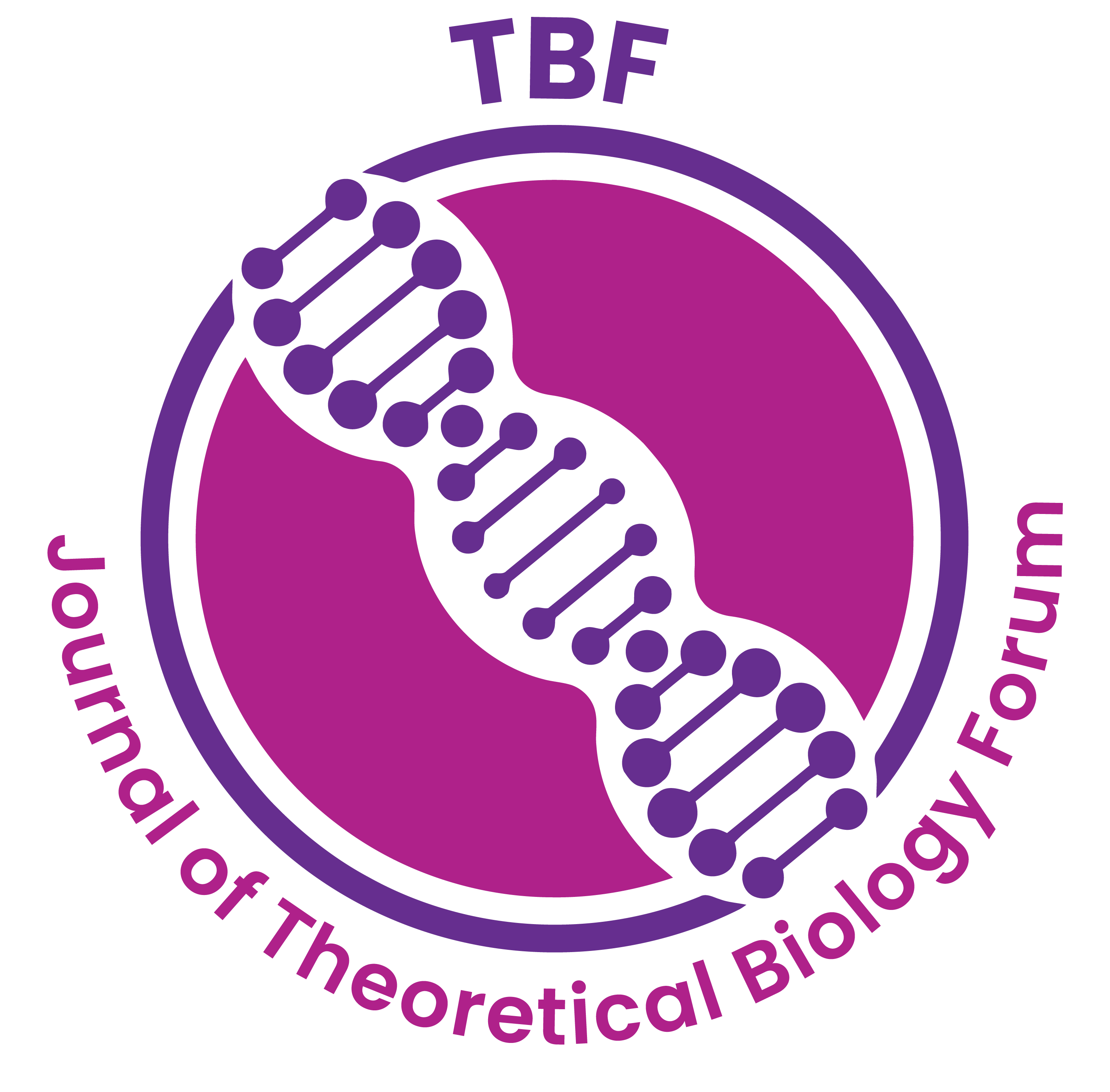Unraveling genetic diversity in morphometric traits, skewness kurtosis and grain nutrients (Ca& Zn) composition through PCA and clustering in core germplasm accessions of finger millet (Eleusine Coracana L)
Shraddanjali Narasannavar 1 , Shashidhara K S1 , Dhanalakshmi T N 2 , Kanavi M S P1 , Nagaraja T E1 , Shashidhara N3 , L B Ashok1 , Vancha Vineetha1
1University of Agricultural Sciences, GKVK, Bangalore, Karnataka, India
2Keladi Shivappa Nayaka University of Agricultural and Horticultural Sciences, Shivamogga, Karnataka, India.
3University of Agricultural Sciences, Dharwad, Karnataka India.
Corresponding Author Email: shraddabn@gmail.com
DOI : https://doi.org/10.61739/TBF.2023.12.2.481
Keywords
Abstract
An investigation was conducted in the summer of 2022 at the College of Agriculture, Hasan, UAS, GKVK, Bangalore. The study aimed to uncover the genetic variability for yield, its component traits, and grain nutrient content in 97 core germplasm accessions of finger millet, along with three checks. The evaluation was performed using a Simple Lattice Design with two replications. Using k-means clustering the genotypes were categorized into fourteen clusters, of which cluster IX is largest group, comprising
13 accessions followed by cluster V and XIII with 11 accessions, respectively indicating diversity among these clusters. Promising germplasm accessions identified in this study hold potential for utilization in future breeding programs aimed at enhancing existing cultivars. Analyzing the adjusted correlated and standardized two micronutrient contents
of twenty-two germplasm and three checks using Principle Component analysis revealed the presence of two significant Principle Components (PCs) that collectively accounted for 94.48% of the observed variability. The skewness values for most of the quantitative traits studied in the germplasm were between -0.5 and 0.5. Skewness and kurtosis estimates are highly optimistic for Finger length(cm) (0.70) and ear head length(cm) (0.72) which means that more germplasms are below the mean than expected in a normal distribution.


